Max Littman, LCSW
February 9, 2025
When my partner and I brought Lucy, our new rescue dog, into our home, we were ready for the usual adjustments: chewed shoes, house training, and finding her favorite spot on the couch. What we weren’t fully prepared for was the depth of her trauma. Lucy had spent four years in an abusive home, and while she cozied up to us almost immediately, it didn’t take long for her protective instincts to surface, especially around men.
As a therapist specializing in trauma, attachment, and Internal Family Systems (IFS), I found myself leaning heavily on both my professional knowledge and personal experiences to navigate Lucy’s training. But what surprised me was how much Lucy’s journey mirrored the work I do with my clients and how much it reflected back on my own parts.
Recognizing My Parts in Lucy’s Training
Training Lucy wasn’t just about teaching her commands or setting boundaries; it was about understanding the emotional landscape that unfolded within me every time she reacted. When Lucy barked aggressively at male visitors or lunged during walks, I noticed a cascade of parts showing up:
- Angry parts: Frustration bubbled up when progress felt slow or when her behavior disrupted our day.
- Guilty parts: I felt a deep sense of responsibility, as if I should somehow be able to fix her trauma quickly, given my background.
- Scared parts: Her reactions triggered fears about whether we could manage her long-term or if we were in over our heads.
- Empathetic parts: These parts deeply resonated with her fear, recognizing the pain of living in a world that doesn’t always feel safe.
By acknowledging these parts, I could approach Lucy from a place of more Self energy. This internal attunement allowed me to respond to her behaviors without escalating the tension between us.
Attachment and Safety: Shifting Lucy’s Role
Understanding attachment theory was another cornerstone in Lucy’s training. She wasn’t just acting out; she was trying to protect us, and herself, because, in her world, danger was always lurking. Our job wasn’t to ‘correct’ her behavior as much as it was to show her that we had things under control.
We began to focus on helping Lucy feel secure in her role as a beloved daughter rather than a vigilant protector. This meant consistent routines, clear boundaries, and lots of reassurance. Every time a visitor came over, we communicated, both through our behavior and energy, that they were safe, and so was she. It wasn’t about forcing her to accept strangers but helping her trust that we were capable of discerning who belonged in our space.
Training Without Shame
One of the most profound lessons from both my therapeutic work and training Lucy has been the importance of guiding behavior without shame. When Lucy growled or barked, it was a protective part of her responding, not a ‘bad’ dog acting out. Correcting her didn’t mean punishing or scolding but redirecting and reinforcing the behaviors we wanted to see.
In the same way I help clients unburden their protective parts, we worked with Lucy to help her understand that she didn’t have to carry the weight of vigilance anymore. Each small victory, a calm greeting at the door, a relaxed walk past a stranger, was a testament to her growing trust in us and her environment.
Lucy as a New Family Member
Having Lucy in our lives has been healing in ways we didn’t anticipate. After losing our beloved dog Fozzy and experiencing an adoption failure last summer, our hearts were heavy with grief. Lucy didn’t replace that loss, but nurturing her, loving her, and welcoming her into our family has created space for new joy and connection. Caring for her has reminded us that while grief never fully leaves, it can coexist with new beginnings. Her presence has brought warmth and purpose back into our home, helping us navigate our own healing while supporting hers.
Reflections on Healing
Lucy’s journey has been a powerful reminder of the resilience that exists in all beings, whether human or animal. It’s also been a mirror, reflecting the importance of patience, compassion, and understanding in the healing process. Training Lucy wasn’t just about changing her behavior; it was about creating a relationship rooted in trust and safety, for her and for us.
But this journey is far from complete. We still make mistakes, and so does Lucy. There are days when our frustrations get the better of us or when Lucy’s old fears resurface unexpectedly. Yet, each setback is an opportunity for all of us to learn, recalibrate, and grow together. Healing, much like training, isn’t linear. It’s an ongoing process that requires patience and grace.
In many ways, Lucy has become both a student and a teacher in our home. And as we continue this journey together, I’m grateful for the lessons she’s teaching me about trauma, healing, and the transformative power of connection.
For feedback and comments, I can be reached at max@maxlittman.com.
I provide private practice mentorship, consultation, and therapist/practitioner part intensives.
